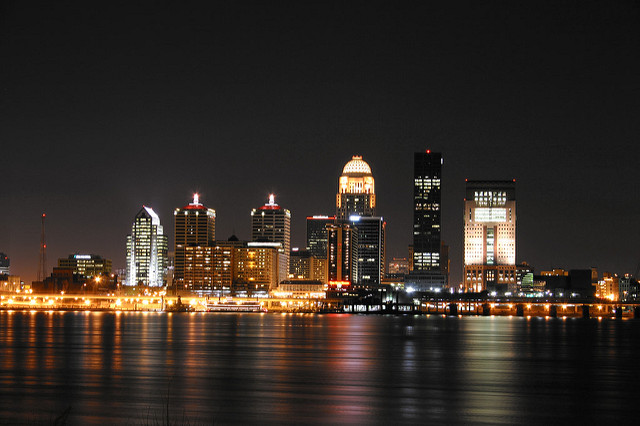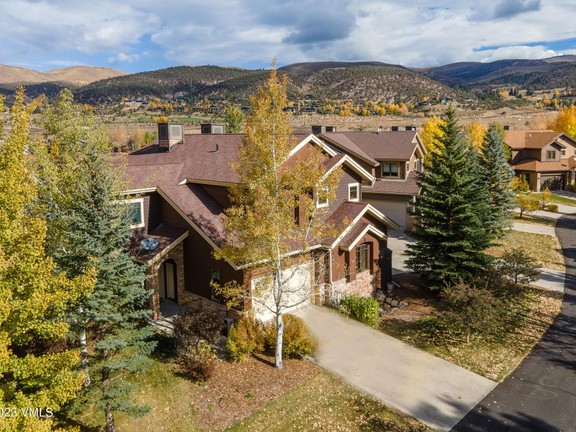Time Change in Colorado: Navigating the Horology Shifts
Introduction
In the Centennial State of Colorado, time is not just a measure on the clock; it’s an intricate dance with daylight and a testament to the region’s diverse geography. Understanding the nuances of time change in Colorado goes beyond adjusting watches twice a year. This comprehensive guide dives into the intricacies of daylight saving time, its impact on the state, and how residents synchronize their lives with these temporal shifts.
The Basics of Time Change
Unveiling the Mechanism Behind DST
Daylight Saving Time (DST) is a practice adopted by many regions, including Colorado, to maximize daylight during the longer days of spring and summer. Clocks are set forward by one hour in the spring, usually in March, and set back in the fall, typically in November. This adjustment aims to make better use of natural daylight, reducing the need for artificial lighting and potentially conserving energy.
The Legislation Surrounding Time Change
Colorado, like other states, follows the regulations set by the federal government regarding DST observance. The Uniform Time Act mandates the start and end dates for daylight saving time, ensuring a synchronized approach across the nation. However, individual states have the authority to choose whether to observe DST or opt out.
Time Change Impact on Colorado
Agricultural Implications
Colorado’s diverse landscape includes a significant portion devoted to agriculture. Time change can influence farmers’ schedules, affecting crop cycles, irrigation practices, and livestock management. The adaptation to shifting daylight hours is a crucial aspect of the agricultural community’s daily operations.
Economic Considerations
Beyond the fields, the business landscape in Colorado undergoes adjustments with time change. Industries such as tourism, outdoor recreation, and hospitality experience fluctuations in consumer behavior, as residents and visitors adapt to the shifting daylight patterns. This dynamic has implications for businesses strategizing their operating hours and marketing efforts.
Navigating Time Change: Tips for Residents
Harmonizing Daily Routines
For residents of Colorado, the biannual time change prompts a reassessment of daily routines. Adapting to the altered daylight hours requires a proactive approach, including adjusting sleep schedules, optimizing outdoor activities, and ensuring timely transitions in daily tasks.
Technological Adjustments
In the digital age, our lives are intricately tied to technology. Time change prompts individuals to update various devices, from smartphones to home automation systems. Staying technologically aligned ensures a seamless transition and minimizes disruptions in both personal and professional spheres.
Deep Dive into the Geography of Time
Mountain Standard Time (MST)
Colorado predominantly operates on Mountain Standard Time (MST). However, the western part of the state, including cities like Grand Junction, follows Mountain Daylight Time (MDT) during DST. Understanding these geographical distinctions is vital for effective communication and coordination across the state.
Influence on Outdoor Activities
Colorado’s breathtaking landscapes and outdoor activities are integral to its identity. Time change impacts outdoor enthusiasts, influencing the duration of daylight available for pursuits like hiking, skiing, and camping. A keen awareness of these temporal shifts ensures safe and enjoyable outdoor experiences.
Debates Surrounding DST
The Ongoing Discussion
While DST has been a longstanding tradition, debates persist regarding its efficacy and relevance. Some argue that the energy-saving benefits are negligible, while others emphasize the importance of maintaining consistency in timekeeping. Colorado, like many states, is not immune to these discussions, and public opinion plays a role in shaping the state’s stance on DST observance.
Conclusion
As the hands of time in Colorado continue their rhythmic dance, residents navigate the shifts with a blend of tradition and adaptability. The impact of time change on agriculture, economy, and daily life underscores the need for a nuanced understanding of this temporal phenomenon. Whether embracing the longer days of summer or preparing for the cozy evenings of winter, Coloradans embody a resilience that extends beyond the clock. In the ever-evolving dialogue surrounding DST, Colorado’s unique blend of urban and rural lifestyles adds depth to the broader conversation about time and its influence on our lives.




+ There are no comments
Add yours